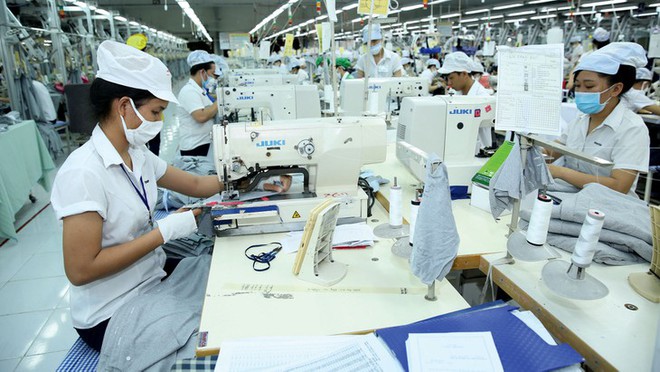(13th Congress) - Exports of goods to the Eurasian region still grew impressively in the first 10 months of 2020, with two-way turnover reaching 10.34 billion USD, up 17.98%, in which, exports reached 7.18 billion USD, up 16.15%, VOV News quoted figures by the Ministry of Industry and Trade (MoIT).

Exports of goods to the Eurasian region still grew impressively in the first 10 months of 2020
Following the announcement of this data, Deputy Minister of Industry and Trade Dang Hoang An stated that, despite facing unstable developments in global trade and the novel coronavirus (COVID-19) pandemic, trade turnover with the Eurasian region during the reviewed period remained strong. This is largely due to a range of positive signs emerging in the overall picture of local import and export activities.
Most notably, total two-way turnover between the country and the Eurasian region hit USD10.34 billion over the past ten months, an increase of 17.98%, including USD7.18 billion from exports and USD3.16 billion from imports, representing annual increases of 16.15% and 22.35%, respectively.
According to statistics compiled by the Europe-America Market Department, out of the nation’s 27 partner countries throughout the Asia-Europe region, 11 have joined the EU, whilst a further five countries are in the process of joining the EU. In addition, five countries, including Russia, Belarus, Kazakhstan, Armenia, and Kyrgyzstan, have established the Eurasian Economic Union (EAEU), an economic bloc that already has a Free Trade Agreement (FTA) with the nation known as the VN-EAEU FTA.
Furthermore, solid institutions and legal frameworks have been successfully established between the nation and other countries in the Asia-Europe region for the purpose of developing bilateral co-operation ties. This includes the setting up of 14 intergovernmental and joint committees, along with one consultation mechanism for bilateral economic co-operation.
Due to these factors, it can be considered that local businesses enjoy favourable conditions in which to promote trade with countries from this region, while striving to take advantage of economic support and a reduction in tariffs and non-tariff barriers.
Moreover, export growth has seen an improvement following the enforcement of the VN-EAEU FTA, although according to the total import demand of this market area, there remains more to be done for domestic enterprises to boost the export of a range of strategic commodities.
Specifically, the total import turnover to this region during the reviewed period stood at roughly US$1.400 billion, with the nation’s export turnover only accounting for 0.5% of the market share, indicating that there remains ample room to grow local exports.
"In the future, the effective use of FTAs with the Eurasian Economic Union and the European Union will also promote stronger trade, industry, and investment co-operation between Vietnam and other Eurasian nations in general, and countries in Eastern Europe and Central Asia in particular,” noted Deputy Minister An.
Moving forward, the EAEU market has a huge demand for all products that are the strengths of Vietnamese enterprises in terms of exports, such as garments, footwear, electronics, and agricultural products such as rice, pepper, fruit and vegetables, and seafood. In contrast, with regard to the EAEU's key export products to the country, they include petroleum products, machinery, chemicals, iron and steel, and consumer goods. The product structure between both sides therefore complements each other and does not come into direct competition, he added./.
BTA